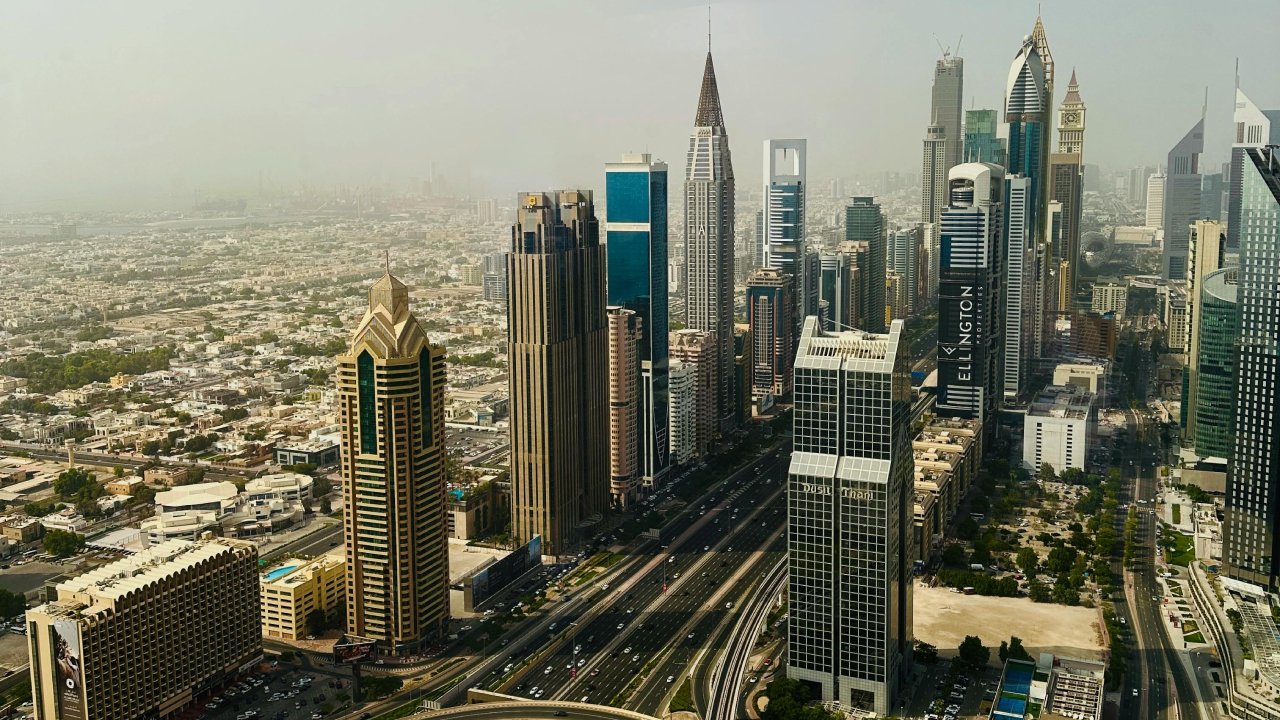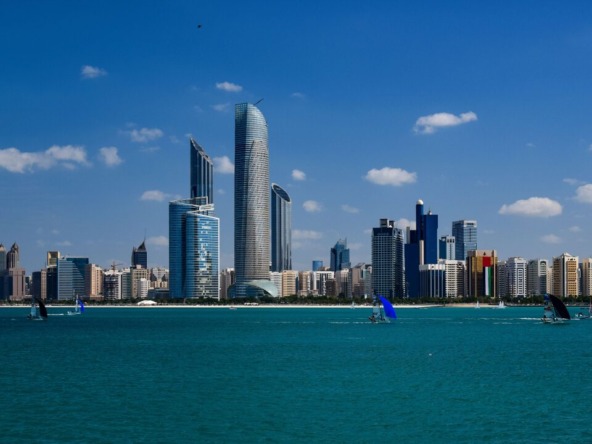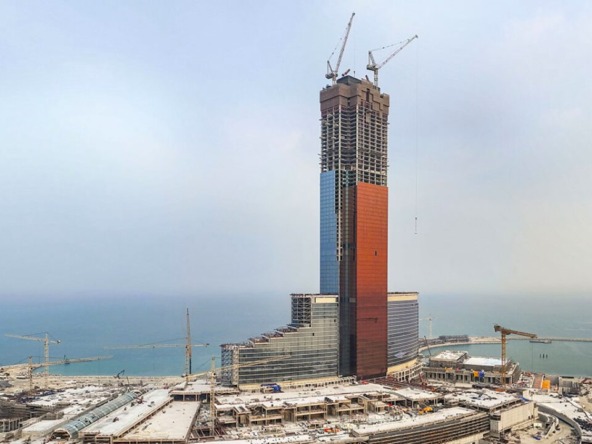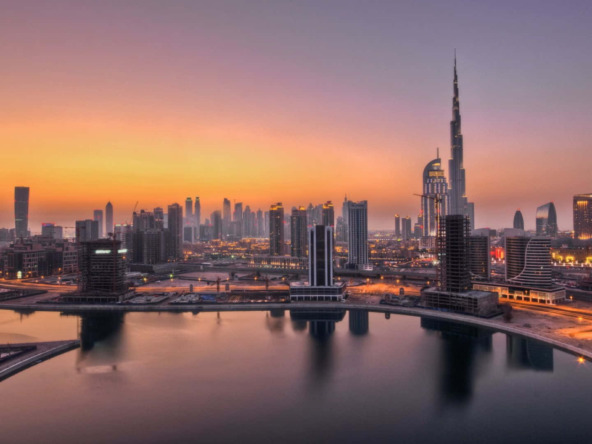Dubai’s resident population has reached a record 4 million in 2025, according to estimates from the Dubai Data and Statistics Establishment. The emirate has doubled its population in just 14 years (from 2 million in 2011) and continues to be a magnet for investors, professionals, and entrepreneurs drawn by high ROI, strong job opportunities, a world-class lifestyle, and exceptional safety.
Key stats at a glance
- Current population (2025): 4.00 million
- Doubled in 14 years: 2.00m (2011) → 4.00m (2025)
- Milestones: 187,187 (1975) → 1m (2002) → 2m (2011) → 3m (2018) → 4m (2025)
- UAE population (all-time high): 11.39 million (Worldometer)
- Growth outlook: If the current seven-year pace holds, Dubai could reach ~5m by 2032 and ~6m by 2039—potentially surpassing the 5.8m projection in the Dubai 2040 Urban Master Plan
How fast is Dubai growing? The timeline
- 1975: 187,187 residents
- Early 2002: Crossed 1 million
- 2011: Reached 2 million
- 2018: Reached 3 million
- 2025: Reached 4 million
- Pace: +1 million roughly every seven years since 2011
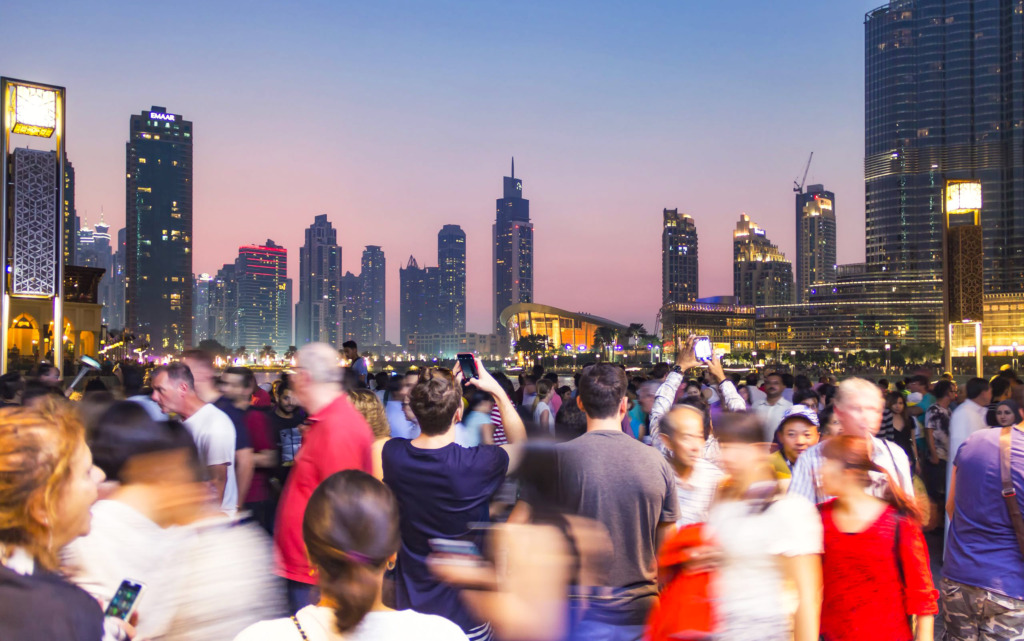
Why Dubai’s population is surging
- Economic opportunity and ROI: Diversified economy, business-friendly policies, and attractive yields continue to draw global capital and talent.
- Lifestyle and safety: High living standards and strong safety/security attract families and professionals alike.
- Visa reforms: Evolving residency options (including longer-term visas) are encouraging more foreign professionals and investors to establish a base.
- Post‑pandemic rebound: After a slower 2021 due to COVID‑19 disruptions, hiring, business formation, and migration have rebounded strongly.
What the rising population means for residents
- Housing and rent
- Stronger demand for rental and freehold homes—particularly in communities close to job hubs—can support higher occupancy and put upward pressure on rents.
- Expect continued development of mid-market communities and mixed-use districts to absorb demand.
- Jobs and incomes
- Job creation typically scales with residents: more roles in construction, real estate, finance, tech, healthcare, education, logistics, and retail.
- A larger consumer base supports SMEs and service industries, though wage growth can lag rent inflation in high-demand cycles.
- Cost of living and consumer behavior
- A larger population lifts overall demand for goods/services and can be mildly inflationary.
- Households increasingly explore digital commerce, online groceries, and buy-now-pay-later (BNPL) options to manage expenses.
- Transport and mobility
- As a significant share of residents rely on metro, buses, and taxis, more capacity will be needed. The planned Dubai Metro Blue Line is expected to reshape travel patterns and support new retail and residential hubs.
- Car ownership has risen, but rail expansion can ease congestion over time.
- Education and healthcare
- More residents translate into higher demand for schools, clinics, and hospitals—spurring private sector investment and public-private partnerships.
- Urban planning and infrastructure
- Continuous upgrades to utilities, roads, parks, and community facilities will be required to maintain quality of life at higher density.
- The Dubai 2040 Urban Master Plan provides a framework for sustainable, transit-oriented growth.
Expert perspective

Vijay Valecha, Chief Investment Officer at Century Financial, notes that population growth typically broadens consumer choice but also adds to inflationary pressure due to sustained demand. He highlights rising interest in flexible payment options like BNPL and predicts that congestion may encourage some residents to relocate to more affordable neighborhoods closer to workplaces. He also observes that investor interest—especially from foreign buyers supported by more flexible visa rules—can trigger additional inflows as friends and family explore the city. On transport, Valecha expects the Dubai Metro Blue Line to drive new retail nodes and realignment of commuting patterns.
Forecast: Could Dubai hit 5 million by 2032—and 6 million by 2039?
- Recent trend: +1 million approximately every seven years (2011–2018–2025).
- Projection: If that cadence persists, Dubai could reach ~5 million by 2032 and ~6 million by 2039.
- 2040 context: That trajectory could exceed the Dubai 2040 Urban Master Plan’s 5.8 million projection, underscoring the importance of timely housing, transport, and social infrastructure delivery.
Dubai population since 1975
Design by Nabeel AhmerPractical tips for residents and investors
- Renters: Consider emerging, transit-connected communities to balance commute time with affordability.
- Buyers: Watch upcoming supply near new metro lines for long-term value drivers.
- Businesses: Align site selection with population hotspots and future rail stations.
- Commuters: Track Dubai Metro Blue Line updates to optimize daily routes.
- Families: Apply early for school seats and healthcare providers in high-demand zones.
Methodology and sources
- Population figures are resident counts, not including tourists/daytime visitors.
- Data sources include the Dubai Data and Statistics Establishment/Dubai Statistics Centre. UAE population figures reference Worldometer.
- Projections are illustrative, based on recent seven-year increments; actual outcomes depend on policy, economic conditions, and infrastructure delivery.
FAQs
What is Dubai’s population in 2025?
Approximately 4.00 million residents—the highest on record.
How quickly did Dubai grow from 3 million to 4 million?
Roughly seven years, from 2018 to 2025.
Will Dubai reach 5 million residents?
If recent growth rates persist, Dubai could approach 5 million around 2032 and 6 million by 2039.
How will population growth affect rent and housing?
Stronger demand supports occupancy and can lift rents, especially in job-rich and transit-connected areas. Expect additional mid-market and mixed-use supply.
What transport projects will support growth?
The Dubai Metro Blue Line is expected to add capacity, reduce congestion on key corridors, and catalyze new residential and retail hubs.
Why did growth slow in 2021?
COVID‑19 disruptions led to layoffs and temporary outward migration. Momentum has since rebounded with hiring, investment, and visa reforms.

